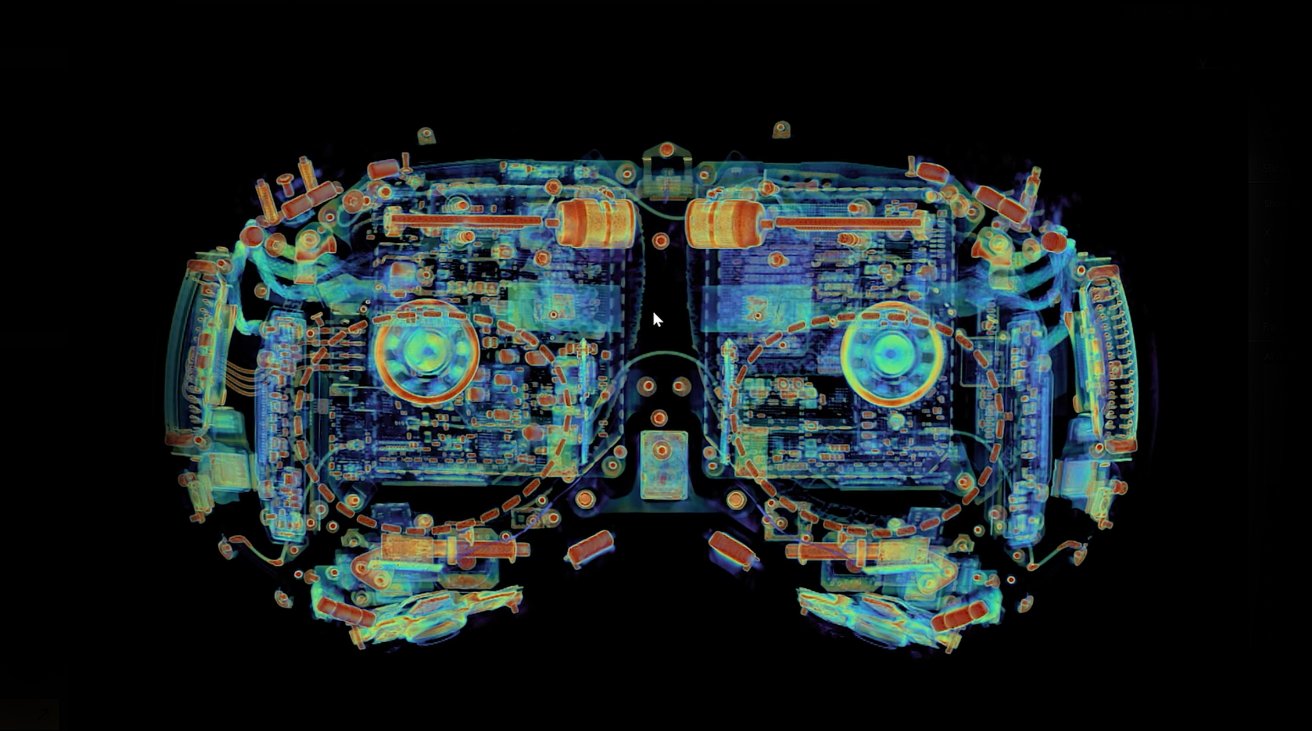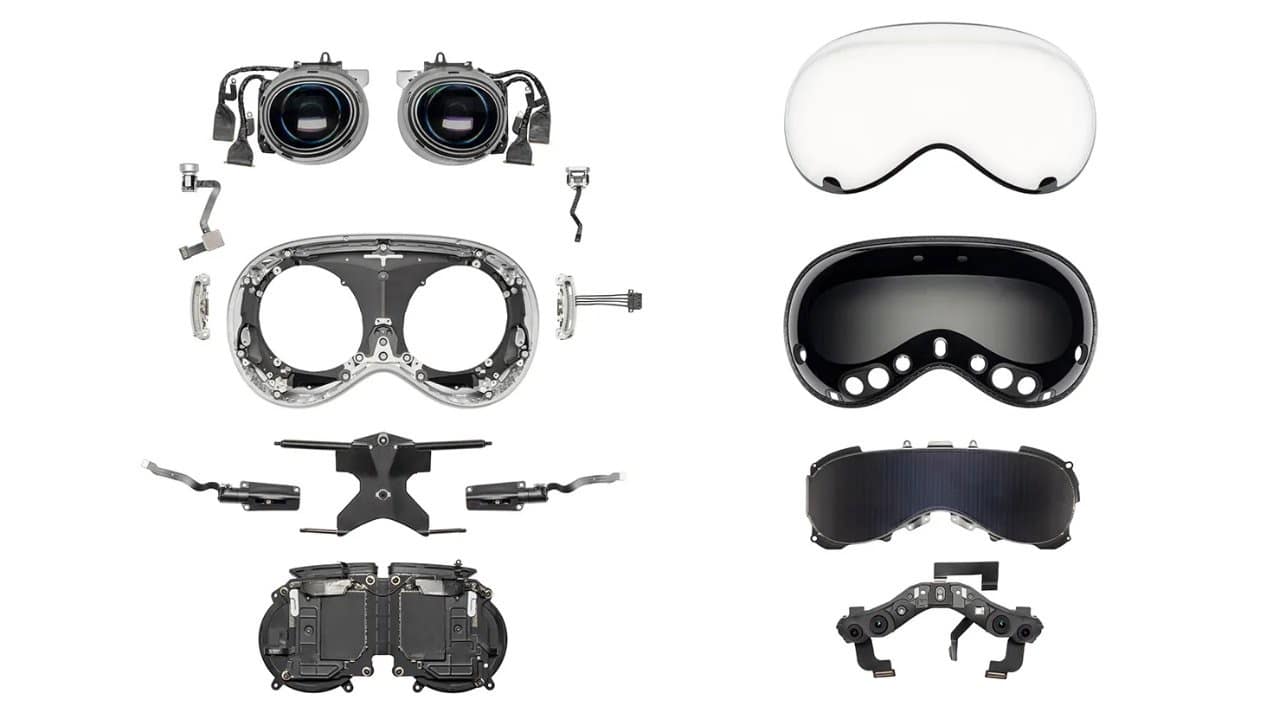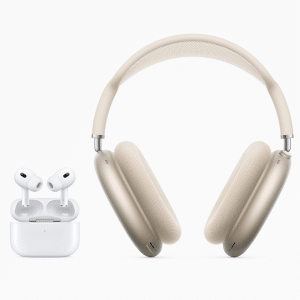Lumafield has shed light on the internal composition of the Apple Vision Pro through sophisticated CT scans, offering a rare glimpse into how it differs from the Meta Quest Pro and Quest 3. Utilizing its Neptune industrial CT scanner coupled with Voyager analysis software, Lumafield carried out thorough, non-destructive examinations of these leading virtual reality (VR) headsets. The initiative primarily focused on dissecting the internal layouts to understand how each model manages its space and technology.
The findings from the scans revealed that the Apple Vision Pro is designed with an exceptional focus on space optimization. Unlike its Meta counterparts, which arrange their components in a conventional, planar manner, the Vision Pro ingeniously arranges its electronic components and PCB ribbon in a way that utilizes the internal volume more efficiently. This unique setup allows for a sleek exterior without compromising the device’s functionality.

A closer look at the sensor technology deployed across these devices highlights the Vision Pro’s superior integration of eye and hand tracking features. This advanced functionality is achieved through an array of sensors, including LiDAR and IR cameras, offering more intuitive and seamless user interface navigation. By contrast, the Meta Quest headsets rely on more conventional methods, such as handheld controllers and a basic form of hand tracking.

Thermal management within these headsets also demonstrates a divergence in design philosophy. The Vision Pro employs sophisticated micro-blowers to keep the device cool, in stark contrast to the Meta Quest Pro’s simpler cooling mechanism that combines elements of active and passive thermal management.
The approach to battery design and placement further underscores the differences between these devices. The Vision Pro opts for an external battery pack, emphasizing performance and longer usage times, whereas the Meta Quest models incorporate the battery within the headset itself, prioritizing convenience over extended performance.
For enthusiasts and those curious to explore the detailed differences and engineering choices behind these VR headsets, Lumafield’s website offers an interactive opportunity to delve into the CT scans of the Apple Vision Pro.













